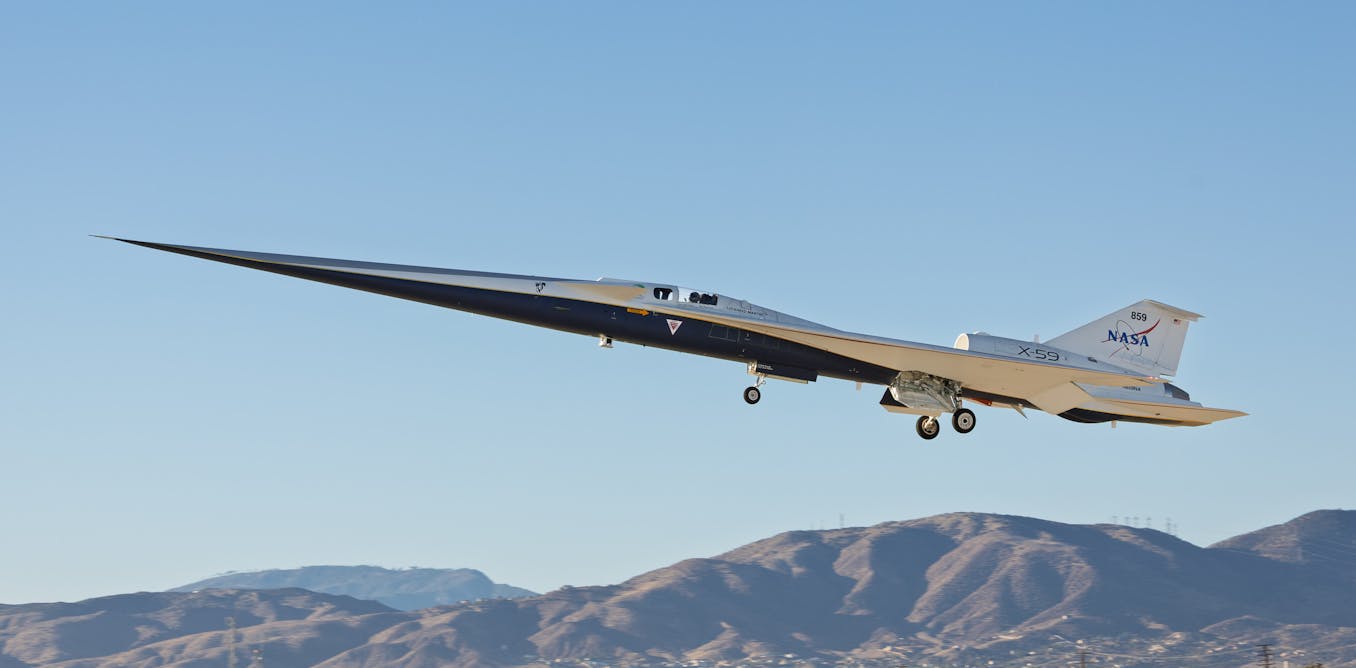The modern race to build undetectable submarines dates from the 1960s. In that decade, the United States and the Soviet Union began a game of maritime hide-and-seek, deploying ever-quieter submarines as well as more advanced tracking and detection capabilities to spot their adversary’s vessels.
That game continues to this day but with a wider field of players. In the coming months, the U.S. Navy
plans to homeport the USS Minnesota on Guam. This Virginia-class nuclear-powered attack submarine is among the quietest subs ever made. Advanced nuclear propulsion like the Minnesota’s gives the vessel a superior ability to operate covertly. More of its kind will be deployed by the United States, the United Kingdom, and Australia to compete with China for influence and military dominance, especially over the Indo-Pacific region.
As part of the landmark deal known as AUKUS (for the initials of its partner states), Australia will acquire, operate, and maintain three to five U.S. Virginia-class subs, each of which will cost about US $4.3 billion; an additional five subs will be a special AUKUS-class built in the U.K. and Australia using U.S. nuclear propulsion technology. In exchange for access to this technological edge, Australia has agreed to make
substantial multibillion-dollar investments in the U.S. and U.K. naval shipbuilding industries. The deal could last until at least the 2050s and cost up to $368 billion.
These submarines are expected to assume a nuclear deterrence mission against China, whose nuclear modernization plans include the deployment of
submarine-launched ballistic missiles capable of targeting the United States.
The People’s Liberation Army Navy is the largest navy in the world, but it currently operates only 12 nuclear-powered submarines, a rather small number compared to the 67 attack subs and ballistic-missile subs of the U.S. Navy. And compared to U.S. submarines,
Chinese boats are noisy and easily detected. But it won’t stay that way for long. The U.S. Department of Defense claims China plans to modernize and expand its submarine forces significantly by 2035, including more stealthy submarines.
Once built, Australia’s first few nuclear subs will operate for 33 years, until the 2060s, or even longer with lifetime extensions. To shore up its intended strategic advantages, the AUKUS deal also seeks to develop advanced antisub technology, consisting of sensor networks and analytics enabled by artificial intelligence (AI). This technology cuts both ways, though, and ocean transparency is increasing as a result. Some experts even think the game of maritime hide-and-seek could end by 2050.
Meanwhile, AUKUS faces more practical concerns, including a looming shortage of the highly enriched uranium needed to fuel the submarines, growing opposition to the deal’s extravagant cost, and competing submarine designs that are much cheaper and just as capable for certain missions.
So, is now really the…
Read full article: Submarine Stealth Vs. AI, Drones, and Sensor Networks

The post “Submarine Stealth Vs. AI, Drones, and Sensor Networks” by Natasha Bajema was published on 12/16/2024 by spectrum.ieee.org


































Leave a Reply